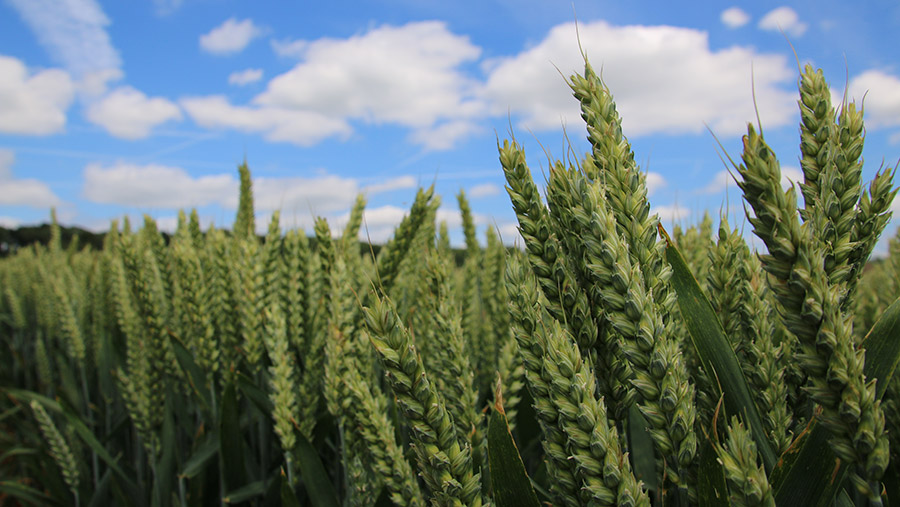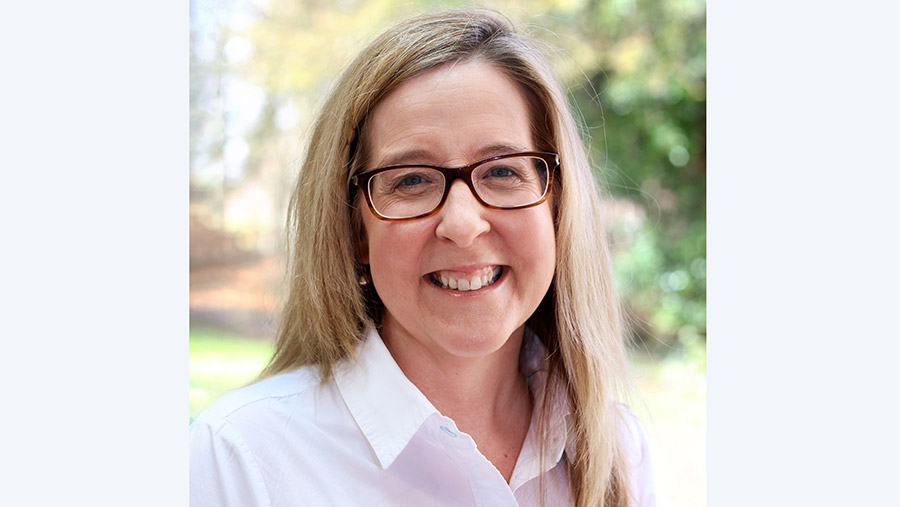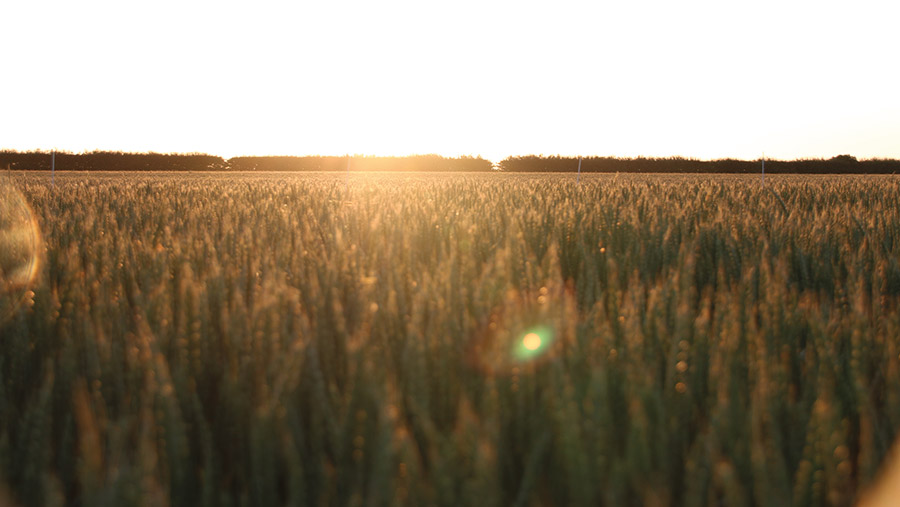Advertiser content
How to leverage the KWS Group 2 trio to its full potential
KWS’ trio of Group 2 wheats offer UK growers a range of agronomic and marketing options with some of the highest untreated yields on the current RL.
Grown in the right location, nothing comes close to sheer profitability of KWS Extase as proven in recent years, but the Group 2 newcomers KWS Palladium and now KWS Ultimatum have a lot to offer, says Dr Kirsty Richards, KWS cereals product manager.
“KWS Extase has proven itself to be a very successful UK milling wheat,” she says. “Even last year when high temperatures affected the protein performance of many varieties significantly, millers reported good functionality of KWS Extase.

© KWS UK LTD
“There are many 13% protein contracts from the likes of Heygates and ADM as testament to KWS Extase’s milling performance and the bottom line is that if you can get one of these, then no other wheat will touch Extase for profitability.
“But whilst 13% protein is really what the millers want, there are milling contracts available right down to 12% which opens the door for other Group 2 options, particularly in certain regions of the UK where they could actually outperform Extase.
“I would say start with assessing whether KWS Extase is right for your location, remember it doesn’t suit early drilling or very fertile soils because of its rapid growth habit, and also if there are good milling contracts available nearby.”
Why KWS Extase remains so popular
Arguably the most exciting variety to come on to the Recommended List since the turn of the millennium, KWS Extase is the best example of the new generation of wheats that combine market value, high yield and outstanding disease resistance.
A specific weight of 79.4 kg/hl, a HFN of 294 seconds – one of the highest scores for both characteristics of any recommended breadmaking wheat – and a milling specification protein of 12.5% make it the outstanding choice in this market group.
It is also the only Group 2 variety to be supported by a buy-back contract for full milling specification through to lower protein flours by a national miller.
Its exceptional untreated yield of 97% of treated controls is 2% ahead of the next best-performing variety and owes much to its unprecedented resistance to septoria tritici.
For this resistance, Extase has a score of 7.8 and was the first UK variety to be awarded a score over an 8.0 when it was first recommended. It also boasts an 8 for yellow rust and a 6 for brown rust.

Dr Kirsty Richards, KWS cereals product manager © KWS UK LTD
Excellent alternatives
If you’re concerned at all about Extase, but like the idea of good septoria control with high untreated yields to give a bit of flexibility around spray windows, then KWS Palladium could be a good choice, Kirsty Richards says.
“It’s a great all-rounder for the eastern wheat areas and the best Group 2 for early drilling whilst still having the very stiff straw of Extase.
“It’s superb on heavier land and delivers a solid second wheat performance, particularly if you’re focusing on premium markets.
“KWS Ultimatum is also a better bet for Scotland in many cases than KWS Extase. It delivers great yields in the north, far better than some of the Group 4s even, and has really good resistance to sprouting with strong fusarium resistance which is a real benefit in the wetter west.

© KWS UK LTD
“If there is a form of premium, then KWS Ultimatum can help you take advantage of that, but like with KWS Palladium too, high yield and specific weight often makes them a better bet as feed wheats than many of the competitors in certain regions.
“If a Group 2 ticks all the boxes agronomically, it can actually be more profitable than a Group 1 or a Group 4 even as a feed wheat.
“Don’t forget, just like KWS Extase, KWS Palladium and KWS Ultimatum have very high untreated yields and this brings real exibility to management too.
“So if you’re interested in Group 2, start with looking at KWS Extase but don’t dismiss the regional yields and performance of KWS Palladium and KWS Ultimatum too.”
KWS Ultimatum in detail
KWS Ultimatum brings the high untreated yield performance growers have come to expect from the KWS Group 2 stable, along with excellent grain and field performance, Mark Dodds says.
“Added to the 2023/24 RL, KWS Ultimatum achieves a commendable yield of 101% of controls for the whole of the UK, fractionally behind KWS Extase, but this rises to 103% for the North.
“It delivers great performance in the second wheat spot, where 60% of milling wheats and 40% of wheat overall is grown, achieving 102% of controls and it performs equally well on heavy and light soils.
“It’s got an excellent untreated yield of 93% of controls, just behind the gold standard KWS Extase, supported by an excellent disease package including a 9 for yellow rust and a 6 for brown rust, giving it a better combination of rust resistances than similar varieties.
“Eyespot and fusarium resistance at 5 and 7 respectively are extremely strong too, with a 7 for mildew adding to its appeal for northern growers. Quality-wise, KWS Ultimatum has the best resistance to sprouting in the breadmaking sector, which is very important to growers aiming for premium specifications and those in tougher microclimates.
“The variety delivers a protein content of 12.3%, a Hagberg Falling Number (HFN) of 287, a specific weight of 79.6 kg/hl and has been rated as Group 2 by the UK Flour Millers with the added bonus of UKP Export status.”
Provided by
KWS is one of the world's leading plant breeding companies combining 165 years of heritage with leading edge technology and a commitment to develop and deliver varieties with the best yields, disease resistance, physical traits and resistance to abiotic stress.
